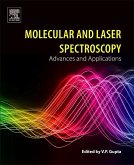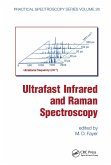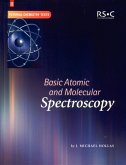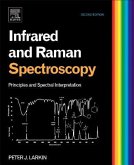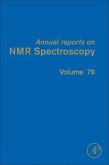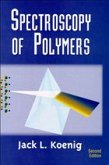The applications of nonlinear ultrafast spectroscopy are numerous and widespread, and it is an established and indispensable technique for revealing ultrafast processes in modern material, chemical and biochemical research. Unfortunately, it is also a topic that can be daunting to those meeting it for the first time. Assuming just an understanding of quantum mechanics and statistical mechanics, and making use of many worked examples and accompanied by MATLAB(R) codes for numerical simulations of spectra, this book delivers a practical and intuitive introduction to the subject for advanced students and researchers. It will also be useful for practitioners, who are already familiar with the subject, but who want to develop a more conceptual understanding. In this clear text, experienced practitioners present a simple and conceptually intuitive overview of ultrafast nonlinear spectroscopy using the formalism of quantum processes and wavepacket dynamics. Using this unified framework, the authors provide the reader with simple analytical models, examples and concepts to understand the workings of nonlinear spectroscopy through a pedagogical and physically intuitive approach. The core of the book is the section on pump-probe spectroscopy, as on understanding its mathematical description, more complex and multidimensional spectroscopies become easily understood derivatives. Readers, once familiar with the material in this text, will be fully equipped with the tools to devise and undertake well reasoned spectroscopic experiments.


